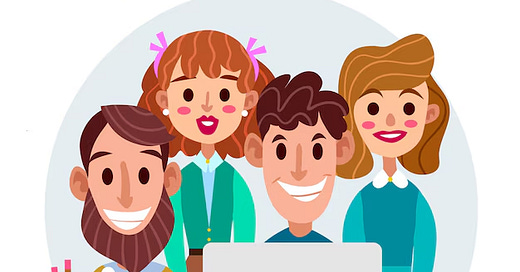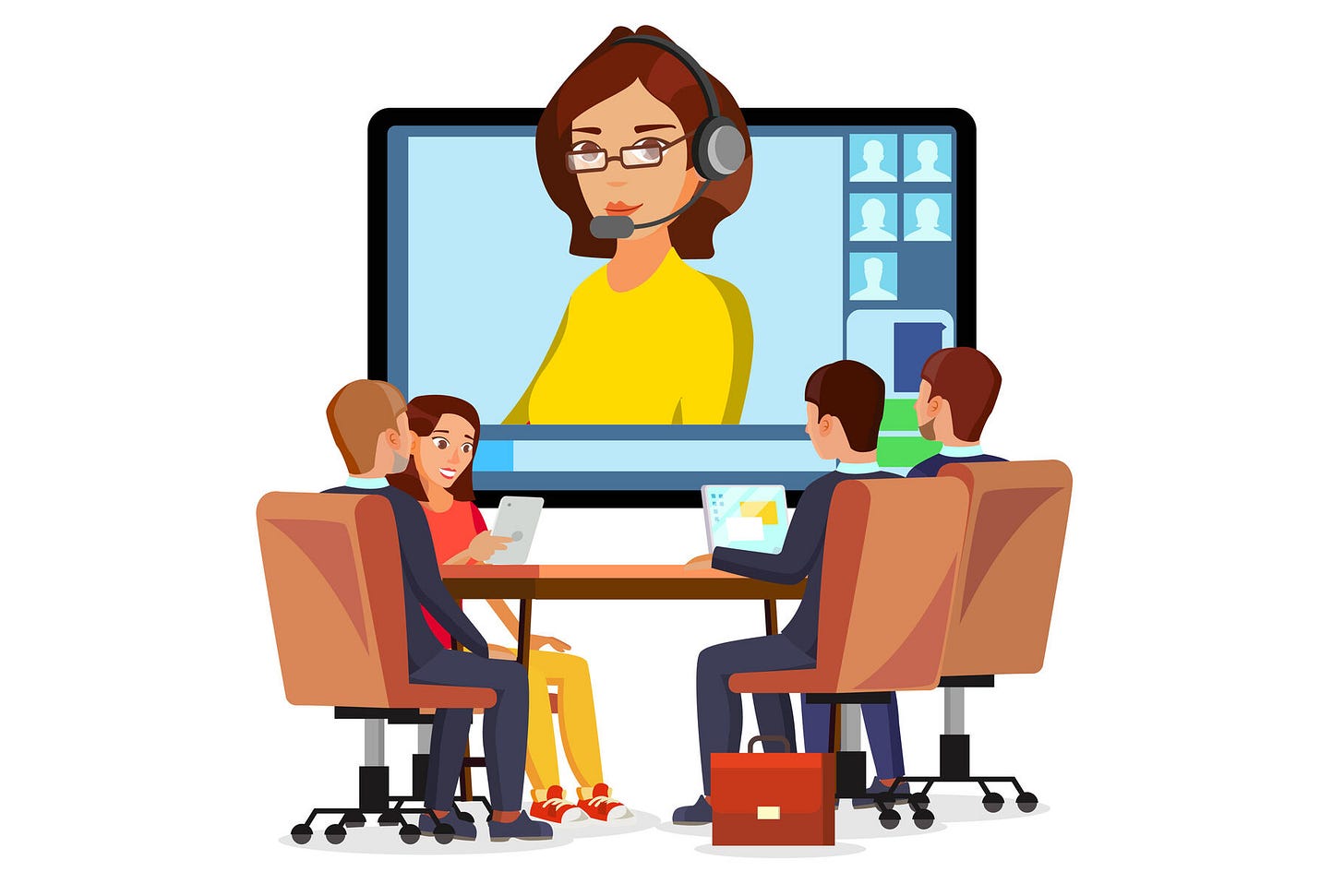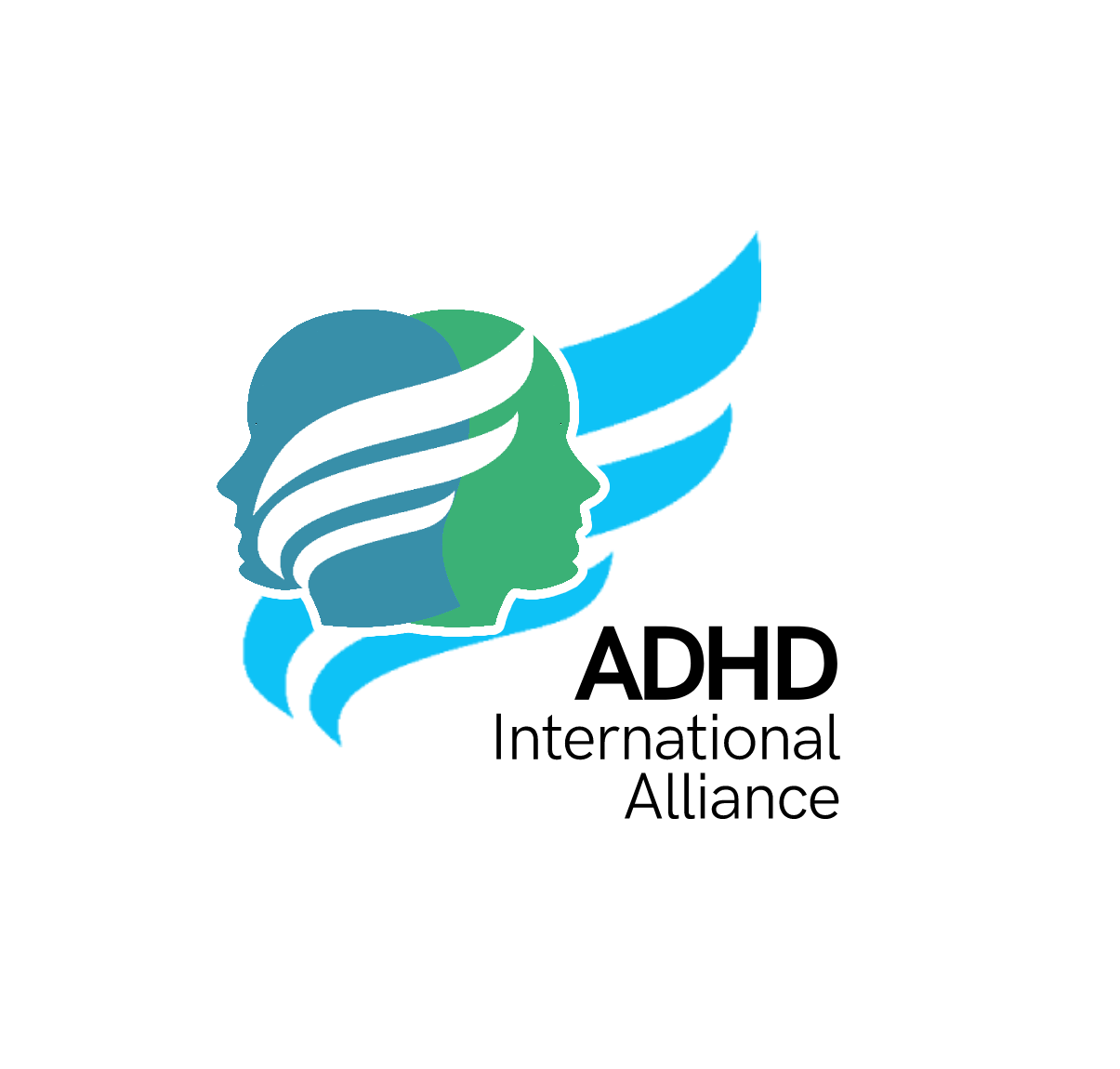Debunking ADHD Myths in the Workplace
Every myth we debunk removes a barrier to inclusion and may promote hidden talents.
After being diagnosed with ADHD at 42, a whole new world opened up to me. This story is long, but I love sharing my journey and insights. This late discovery didn’t just redefine my understanding of myself, it also brought a sense of responsibility after years in the corporate world.
I want to explore and dismantle some entrenched myths about ADHD that still plague even the most progressive work environments.
Understanding ADHD isn’t just about knowing its characteristics; it’s about unraveling the layers of misinformation that negatively impact thousands of adults, many of whom may not even know they have ADHD. Every myth we debunk removes a barrier to inclusion and better utilizes the strengths of incredibly creative and dynamic individuals.
People who are often misunderstood due to outdated and mistaken concepts.
Let's examine some myths that distort perceptions of ADHD and explore how they impact people’s real lives. We’ll look at each one and see if there’s any truth behind it:
“People with ADHD can’t focus on anything.”
This myth is incredibly persistent and, honestly, quite frustrating. The idea that people with ADHD are perpetually distracted is an extremely harmful oversimplification. Yes, the struggle to maintain focus is a constant reality, but there’s a lesser-known dimension that’s crucial to understanding our experience: the phenomenon of hyperfocus.
Hyperfocus occurs when something intensely piques our interest. Our concentration sharpens to the point that everything around us virtually disappears. This deep immersion is extremely useful in the workplace, especially on projects that require sustained dedication. Numerous times, this intense focus has allowed me to solve complex problems and complete tasks with a level of efficiency that often surprises my colleagues.
Aside from hyperfocus, it’s important to note that people with ADHD can also switch between different types of attention. We can move from moments of great dispersion to periods of selective or divided attention, adapting to the needs of the moment. This cognitive flexibility, while challenging, offers unique versatility in handling multiple tasks simultaneously.
“Medication alone can solve ADHD.”
Let’s debunk one of the most simplistic and common myths about ADHD: the belief that everything is solved with a pill.
While medication is a crucial part of treatment for many, including me, thinking it’s the only solution reduces a complex problem to a superficial solution. Additionally, there’s a concerning trend I call “productivity doping,” where people without an ADHD diagnosis use stimulant medications to try to “boost their performance.” This is not only dangerous but also distracts from the true purpose of these medications.
Medication works by helping us to stabilize our ability to focus and control hyperactivity, but it’s not a cure-all. To truly thrive with ADHD, we need to implement significant adjustments in our work environment, such as quieter areas and assistive technology. Behavioral therapies, including time management skills training and mindfulness techniques, are also critical components of a succesful approach.
Effective ADHD management involves a holistic approach, combining medical treatment with continuous education about the disorder, creating adaptive environments at work and home, and develop a culture that values neurodiversity as a valuable form of human diversity.
“ADHD is a childhood issue; adults grow out of it.”
When we talk about ADHD, there’s often the misconception that it’s a “childhood problem” that magically disappears in adulthood. If only it were that simple! The reality is that ADHD isn’t a passing phase; it’s an integral part of who I am, diagnosed only at 26 after a lifetime of challenges and discoveries.
ADHD is a lifelong neurological condition, and the idea that someone simply “grows out of it” reveals a serious lack of understanding about the disorder. Adult life with ADHD requires constant adjustments and compensations. For example, many learned that lists, reminders, and time management strategies are essential in their daily routine to stay productive and meet work expectations.
This journey of self-discovery and adaptation is continuous, requiring deep understanding not only from those with ADHD but also from colleagues, employers, and family members. Empathy and support are crucial for turning potential challenges into success stories.
“Adults with ADHD are lazy and unproductive.”
Let’s address one of the most irritating and persistent myths: the idea that adults with ADHD are lazy and unproductive.
Ah, how this fallacy makes me mad! Inattention and procrastination can easily be misinterpreted as laziness by those observing from the outside, without understanding the complexity of what goes on in the mind of someone with ADHD.
From personal experience, the reality is dramatically different. ADHD doesn’t make me lazy. On the contrary, it’s often the source of my creative and innovative energy. In environments that value quick thinking and the ability to juggle multiple ideas, I and many others with ADHD often excel. For instance, during an intense brainstorming session at work, I was able to pitch a series of innovative ideas that led to the development of a new product simply because my hyperactive brain connects dots others may not see.
So, before buying into the idea that we’re lazy, consider how traditional work systems may not recognize or leverage the unique ways we operate. Innovation doesn’t follow a 9-to-5 schedule, and creativity certainly doesn’t punch a time clock.
We’ve just debunked some myths about ADHD that continue to cause havoc in work environments. From outdated notions about laziness to simplistic ideas that a pill solves everything, each point we’ve addressed reflects the multifaceted reality of ADHD and the immense potential we’re missing out on.
This is a call to build workplaces that truly value everyone. My personal journey with ADHD shows that by dismantling these prejudices, not only do neurodivergent people benefit, but everyone in the workplace gains. Real inclusion and a deep understanding of neurodiversity can revolutionize creativity, innovation, and team cohesion.
So, how about we stop sitting around and do something about it? ADHD and neurodiversity education can’t stop here. Every debate, every post, every learning moment that challenges the status quo is a step toward a fairer, more inclusive professional world!












Hit the nail on the head with these! Well written.
Thanks. Whilst the one about medication is true, I’m not sure that it’s a myth in the workplace. As someone diagnosed later in life (49) I’m new to much of this, including medication. I’m having to work through that myself as an ADHDer but I haven’t encountered any neurotypical misunderstanding - yet!